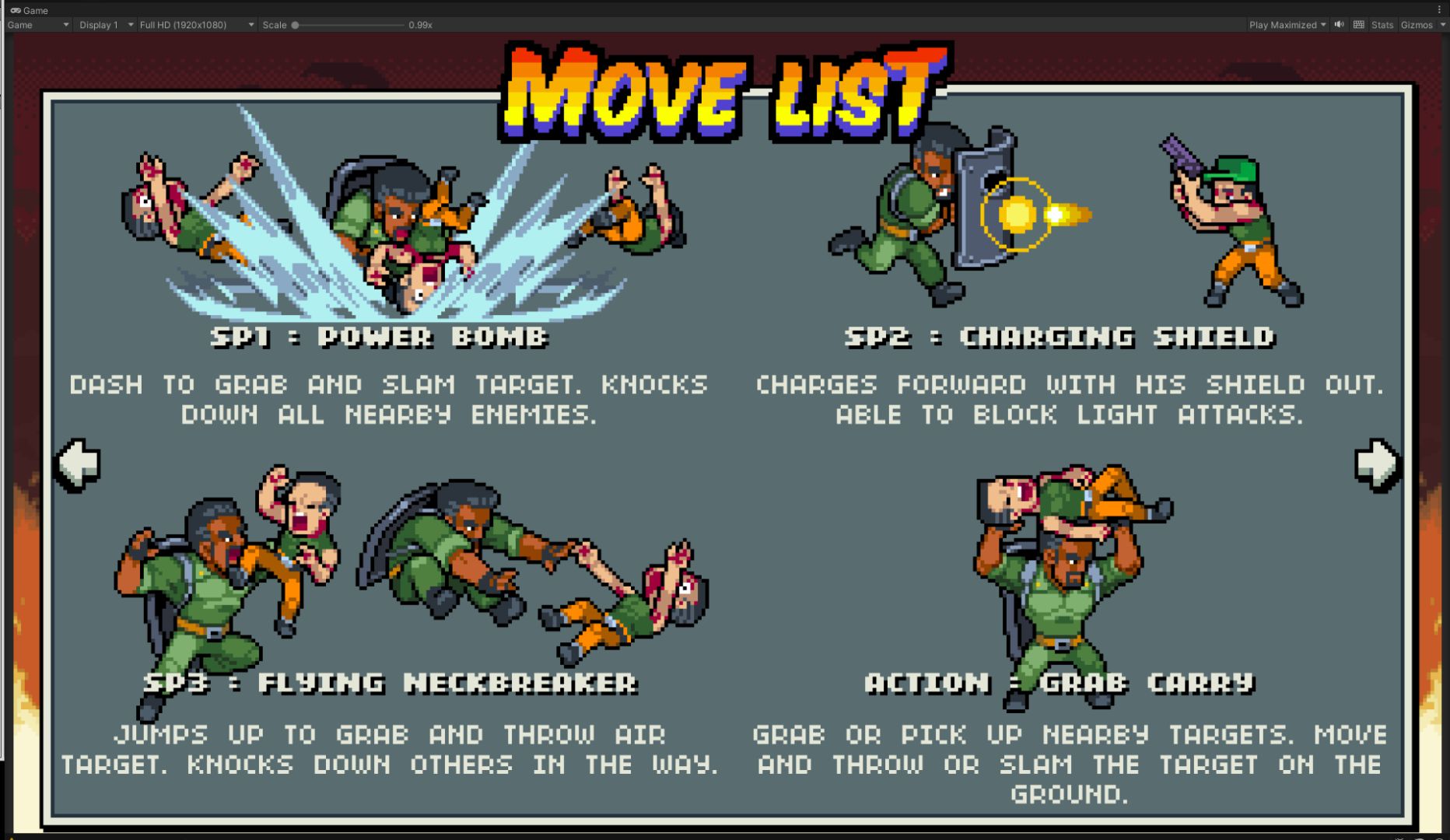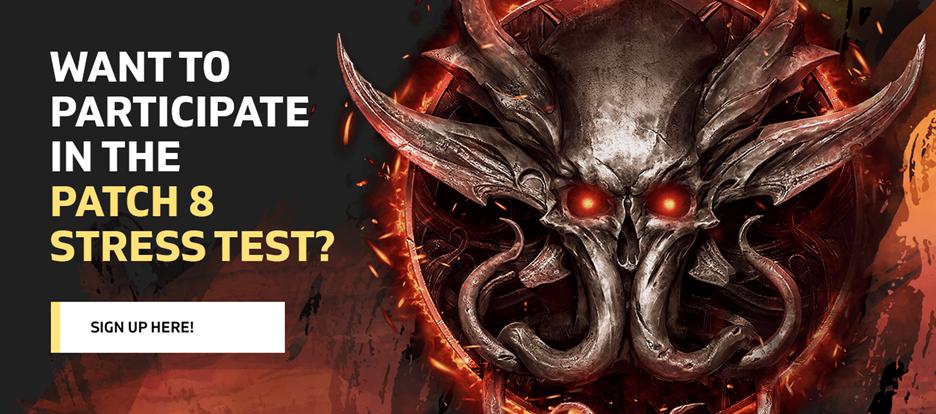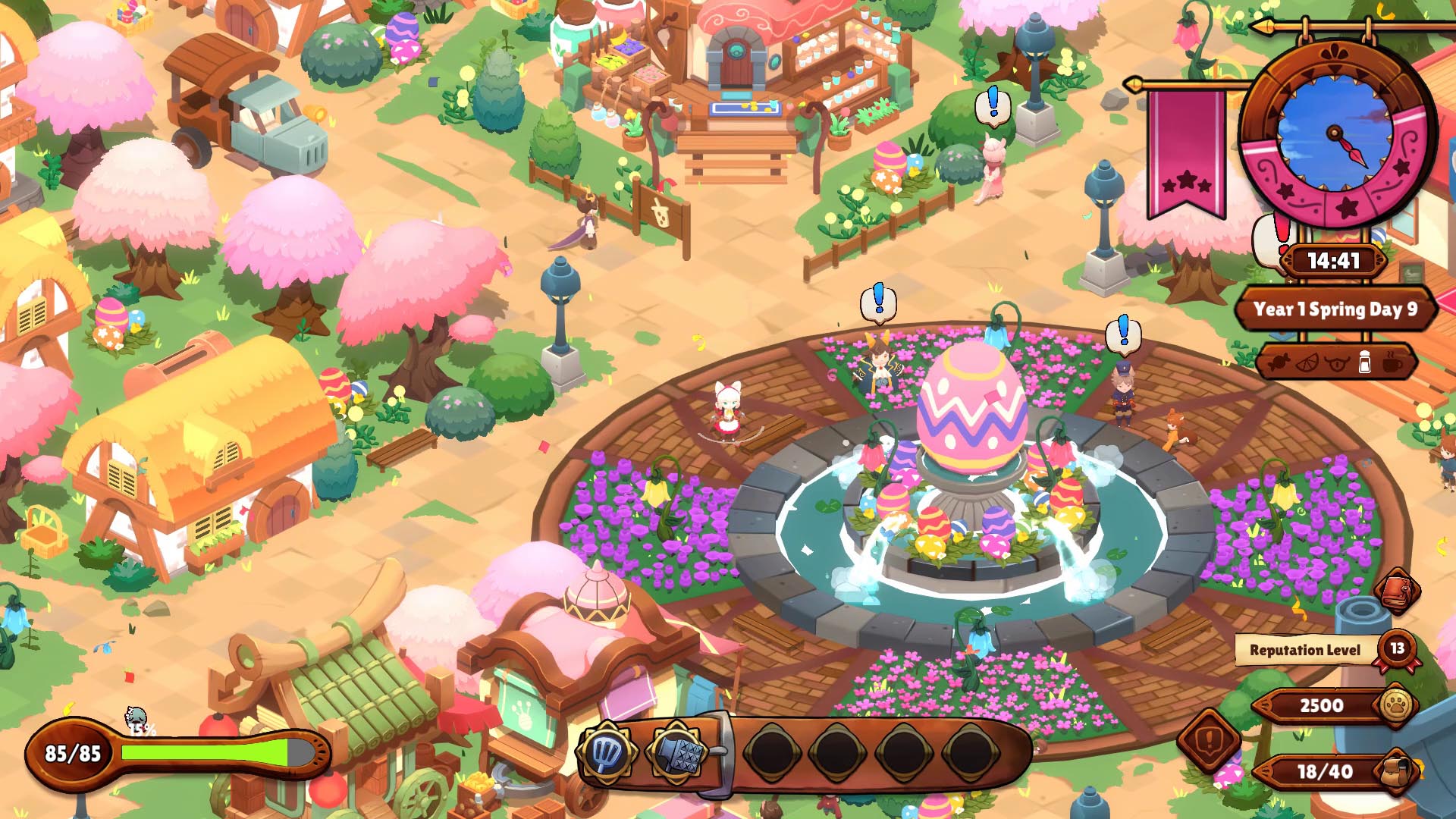Forza Motorsport’s developer, Turn 10 Studios, finds itself in an odd position. This is the eighth game in a series that used to be a flagship for Xbox. And yet, after an uncharacteristic six years away, it returns to find that its fun-loving younger sibling series, Forza Horizon, has stolen the limelight. This process was already underway when Forza Motorsport 7 came out in 2017 — it’s probably the reason Microsoft felt an extended break for Motorsport was both comfortable and necessary — but in the intervening time, the two strongest Horizon titles yet found an enormous new audience on Game Pass and beyond. This means Forza Motorsport has to explain itself all over again to a new generation of Forza fans brought up on Playground Games’ freewheeling automotive vacations.
The good news is that it does so with confidence and authority. There’s no hint of an identity crisis to Motorsport’s rebooted return, nor of the desperate trend-chasing that marred its Xbox One era with microtransactions, loot boxes, and fussily randomized service-gaming systems. There’s barely any evidence in Forza Motorsport that the Horizon games exist, unless you count the studied way in which it doesn’t do any of the things that Horizon does. This is a resolutely focused circuit-racing game with real-world motorsport leanings.
If anything, Forza Motorsport is single-minded to a fault. Coming to it from the ebullient fiesta of Horizon 5 — or even from the eccentric nerdery of Gran Turismo 7 — you might be surprised by the lack of variety in the event design and the absence of a distinctive voice, of a personality to guide you through this world of asphalt and piston. But this is the Forza Motorsport way. The series has always worked best as a framework, a toolkit, that gives back what you put into it.
:no_upscale()/cdn.vox-cdn.com/uploads/chorus_asset/file/24906035/Forza_Motorsport_XboxGamesShowcase2022_PressKit_01_16x9_WM.jpg)
This framework is where Turn 10 has put the lion’s share of its effort over the last six years. Some aspects, like the livery and car tuning editors it shares with the Horizon games, needed little work. Elsewhere, Forza Motorsport required a more serious overhaul. Long-missing features like dynamic time of day and weather systems — which may sound like box-ticking, but are of crucial importance to the sim racing community — have finally been implemented, and beautifully, too. There’s an impressive spectrum of rain in this game, all the way from a hazy drizzle that can make for a treacherously slick surface to a view-obliterating downpour. The lighting across sunset and into night is rich and dramatic, and even at high noon the positioning of the sun can have gameplay implications; turn into the sun at the Laguna Seca circuit, for example, and the glare from the track surface can make its edges, blurred by dust, hard to read.
Forza’s car handling physics have been reworked, too. While Playground took the same fundamentals and shaped them into Horizon’s drifty arcade-sim hybrid that was both wildly entertaining and suited to navigating an open-world map, Turn 10 had been struggling to wrestle the simulation into more realistic shape in the Motorsport games; the handling was often jittery and unpredictable, and handled poorly on steering wheels. While it’s still less planted and more flamboyant than Gran Turismo, with more tendency toward oversteer, Forza Motorsport is an involving, plausible, and much more consistent drive. (I haven’t had a chance to try it on a wheel myself, but I’m told it acquits itself much better.)
Turn 10 had a lot of ground to make up in multiplayer as well. After stealing an early lead in this area thanks to Microsoft’s networking expertise, the Motorsport series was left behind around 2017, as Gran Turismo Sport and others implemented the driver safety and skill ratings of hardcore sims like iRacing in order to foster a more fair and sportsmanlike environment for online racing. In that context, Forza Motorsport 7’s chaotic and aggressive lobbies seemed old-fashioned by comparison.
:no_upscale()/cdn.vox-cdn.com/uploads/chorus_asset/file/24906042/Forza_Motorsport_XboxGamesShowcase2023_PressKit_07_16x9_WM.jpg)
Turn 10 has now done what it absolutely had to do and followed suit with driver ratings, a penalty system, and an obligatory three-race training phase before you can participate in any of Forza Motorsport’s featured (as opposed to private) multiplayer races. Settling in for a multiplayer session is a commitment now, for sure — races have set entry times, plus practice and qualifying stages that build up over “race weekends” that last for half an hour or so, minimum. But you’re rewarded with racing that’s closely fought, fair, and exhilarating. Supported by solid networking and a fast, fuss-free interface, Forza Motorsport’s online multiplayer finally belongs back in the top drawer.
This is all solid, important structural engineering for the future of the Forza Motorsport series. Turn 10 seemingly knew there was no way it could release another game without any of this stuff, and it has done good work. But there’s only a little innovation and imagination to go with it.
Where Forza Horizon invites players to explore a map, and Gran Turismo 7 offers the menu of its quaint Café to choose from, Forza Motorsport presents just a functional event grid. There are five tours, each consisting of four series of four to six races apiece, plus a showcase event as a capstone. Each series explores a different class, from modern super sedans to retro exotics. If you’ve played any Forza game, these won’t come as any surprise, and they’ve certainly been more imaginatively defined and more enticingly laid out before. There’s also a “featured” tab with a tour of additional series that unlock on a weekly basis, in a similar way to Forza Horizon’s seasonal playlists.
:no_upscale()/cdn.vox-cdn.com/uploads/chorus_asset/file/24973676/ForzaMotorsport_Preview_PressKit_01_16x9_WM.jpg)
Every one of these series is structured the same — although, to be fair to Turn 10, it has challenged the status quo of the “CarPG” genre somewhat with some interesting quirks within that structure. Once you choose a car for a series, it’s locked in, and each car needs to be leveled individually, unlocking upgrades (as well as the special currency needed to buy them) as you go. It’s compulsory to complete three practice laps before each race, and these are where the best Car XP rewards are to be had for refining your cornering techniques and improving your lap times. In other words, the more and better you drive, the faster your car gets.
This system — and it’s applied in multiplayer, too — makes it effectively impossible to spend your way to speed in any car using credits. You need to spend time driving it instead, and build it up gradually. In one of the few areas where it seems to be responding to the Horizon series, Turn 10 is actively countering those games’ overabundance of reward cars, and their indulgence of silly, game-breaking builds that allow you to engine-swap a 1,000 horsepower unit into a 1950s micro-car. (Engine and drivetrain swaps are the final unlocks, at car levels 40 and 50, respectively.) It’s grindy, but I appreciate the more realistic philosophy behind it, and the dedication to building a relationship between players and their cars — as well as the way it marginalizes some of the more irritating aspects of the Forza meta, such as the overwhelming dominance of all-wheel-drive tunes that strip out the cars’ individual characteristics.
Within each career series, however, I’m not sure it works so well. Rather like Diablo 4, Forza Motorsport metes out upgrades so gradually that it’s hard to feel the difference they’ve made, especially when you’re pitted against rival AIs whose cars also scale to match the power of yours. There’s a smoothing effect that dulls the sense of progression, and some more out-of-the-box approaches — like splashing out on a faster car and driving it without upgrades — are ruled out altogether.
:no_upscale()/cdn.vox-cdn.com/uploads/chorus_asset/file/24906037/Forza_Motorsport_XboxGamesShowcase2022_PressKit_04_16x9_WM.jpg)
That’s matched by event design that’s repetitive in the extreme. Although Forza Motorsport has a wide selection of tracks — including a good number of completely new originals as well as lesser-known real-world circuits like South Africa’s Kyalami — all you ever do at them is practice, practice, practice and then race, race, race.
In fairness, this loop is beautifully implemented. The practice sessions work really well, building both atmosphere and familiarity, and helping you to refine your line through key sectors. The freedom to choose your own grid position (no higher than third) is initially counterintuitive, but mostly encourages you to challenge yourself, either by starting further back and mixing it up with other cars, or by increasing the difficulty. The result is tension and excitement on the track, and fewer races where a win is a given. Taken in isolation, a career race in Forza Motorsport is a perfectly shaped 20 minutes of gaming. But — aside from the Rivals time-trial mode — this loop is about the only thing the game offers. And with races tending to be at least five laps long, plus practice, it’s a pretty long loop. On repeat, it can become mind-numbing.
Forza Motorsport is serious business. Put the time in, Turn 10 is saying; do your laps, shave off the seconds, make that one small tweak, grind out that win. I respect its focus, and its refusal to pander to fun-addled Horizon players, instead offering them a clearly articulated invitation to join its more austere church. This is a game about going round in circles, a little bit faster every time, and it’s quite unapologetic about it. That’s proven compelling enough to base an entire sport around, so perhaps that’s fair enough. But just a little more variety would have gone a long way.
Forza Motorsport will be released Oct. 10 on Windows PC and Xbox Series X. The game was reviewed on Xbox Series X using a pre-release download code provided by Microsoft. Vox Media has affiliate partnerships. These do not influence editorial content, though Vox Media may earn commissions for products purchased via affiliate links. You can find additional information about Polygon’s ethics policy here.








